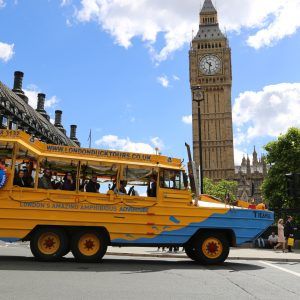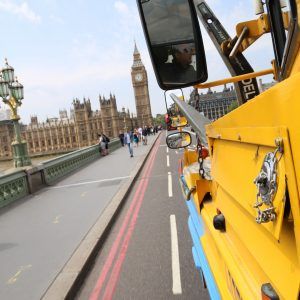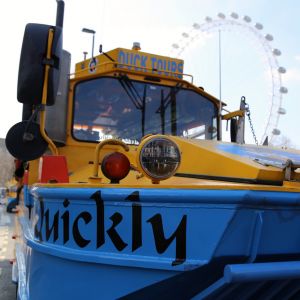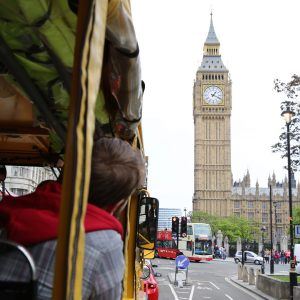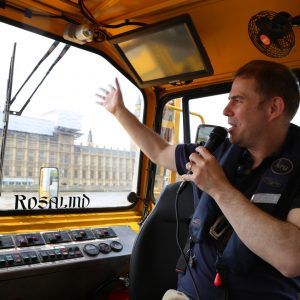The Imperial War Museum was originally founded in 1917, with the aim of mapping and recording the civil and military war effort made by Britain and the Empire in the World War I – at the time the war was still being fought. The museum group now gives a comprehensive history of all conflicts from 1914 to the present day.
Originally located in the Victorian Crystal Palace in south London, the original branch of the Imperial War Museum was formally opened to the public by King George V in June 1920, moving via the Imperial Institute in Kensington to its current and permanent home at the old Bethlem Royal Hospital or “Bedlam” in Southwark, near Waterloo.
The Outbreak of World War II
The Second World War caused a six year closure of the museum, due to the fragile nature of the collection. Only the Naval Gallery was hit by a single German bomb in January 1941, damaging one WWI aeroplane and some models of ships.
The museums vast and ever expanding collection includes personal and official documents from all the conflicts since 1914, an extensive library, real examples of military vehicles, aircraft, weaponry and uniform, and articles that depict the war on the home front – ration cards, utility clothing and gas masks etc.
The Imperial War Museum Group
The Imperial War Museum London is one of five branches of the Imperial War Museums group (IWM Group). Other branches are located at Duxford in Cambridgeshire, HMS Belfast and the Churchill War Rooms (Cabinet War Rooms) in Central London and Imperial War Museum North in Manchester.
World War II caused the Imperial War Museum’s to rethink and expand its terms of reference in order to fully cover both world wars. In the 1950s this remit was expanded further to include the Korean conflict and all subsequent conflicts that included British forces.
With extensive redevelopment and extra funding in the 1960s and 1970s the museum group was given new life by taking on new sites in London and elsewhere across the country. In the 1970’s the airfield at Duxford was incorporated into the museum, and in 1978 HMS Belfast was added to the museum group. The Cabinet War rooms – as featured on our D-Day Duck (London Blitz) Tour – became part of the Imperial War Museum group in 1984 when they were first opened to the public after some forty years of hibernation. The final part of the museum jigsaw opened in Trafford, Greater Manchester in 2002.


